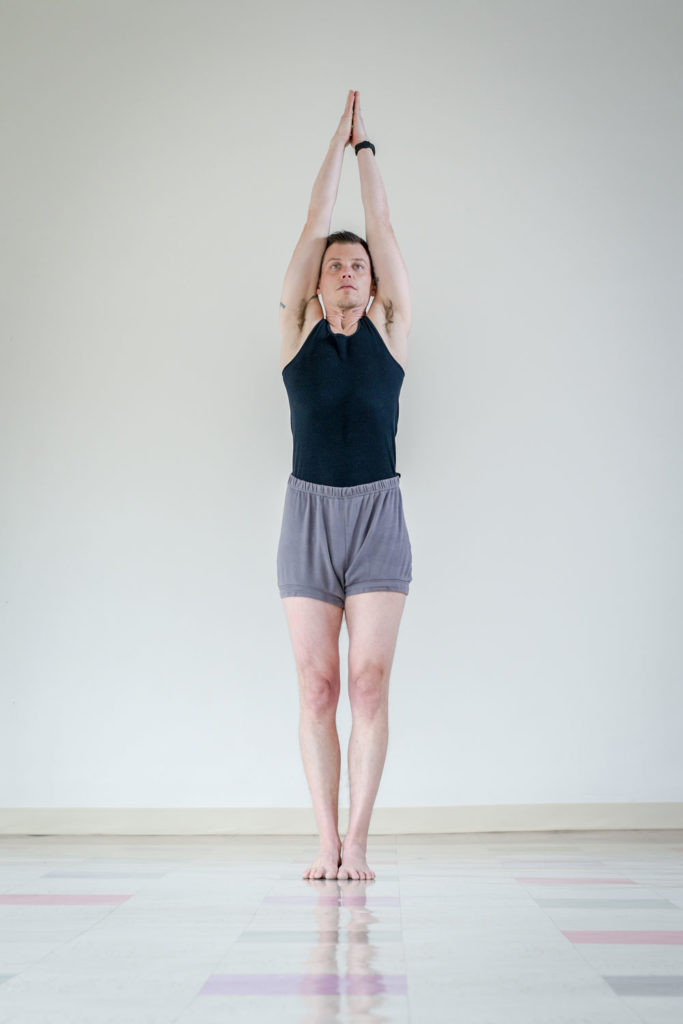The yoga student journey
The yoga student journey from potential new student to practitioner is not a straight line.
When students come to class for the first time I definitely don’t assume they will want to dedicate their life to a yoga practice. I assume new students are trying it out casually and I don’t put pressure on them. I say, “try four classes in a row and see what you think, if you want to join the semester let’s get you signed up”. All students receive a login to access the Let’s Practice resource pages. Even if they never use the practice resources they will get a clear picture of what the possibilities are.
I give new students a truthful and balanced snapshot of what they can expect from yoga. I don’t promise yoga will solve all their problems or that they will like every person they meet in class. What I do say is that a yoga practice can ABSOLUTELY be transformational if you put in consistent effort.
It’s all about planting a seed
I put seeds out everywhere and wait to see if any of the seedling students will begin to germinate. For new students my expectations are neutral (encouraging without pressure). For the continuing students I am on the look out for signs that they want to go deeper and progress. In some cases I do give gentle nudges but the desire to progress has to come from them. I keep my antenna up and then when they put out the signs I am there to help them.
The reason I have different class levels is not because I have students who can do “advanced poses” and others who cannot. It’s because new students don’t yet have enough experience to concentrate on a lot of instructions. They are still just trying it out and having an experience with the sensations in their body. So, newer student get less instruction and hold the poses for less time. Continuing level students are building up the stamina to concentrate–in spite of the fact that they could be experiencing sensations from tight hamstrings. In fact, these students are taught how to manage the sensations by experimenting with when to push and when not to proceed.

Most of the students at College Hill Yoga are just average people, who like to come to class a couple of times a week. Some are using the practice resources to practice at home or at the school. And a few are finding their way to becoming a practitioner. There’s no prescribed timeline for journey from prospective student to new student to continuing student to dedicated student to practitioner to transformation. Anyone of us can be anyone of these students at any time. Dedicated students can back slide to prospective student. A continuing student can progress to dedicated practitioner. Where we are on our journey is determined by our own interest, desire and willingness.
In the mean time, I will do my practice and wait for you to show a sign that you are ready.